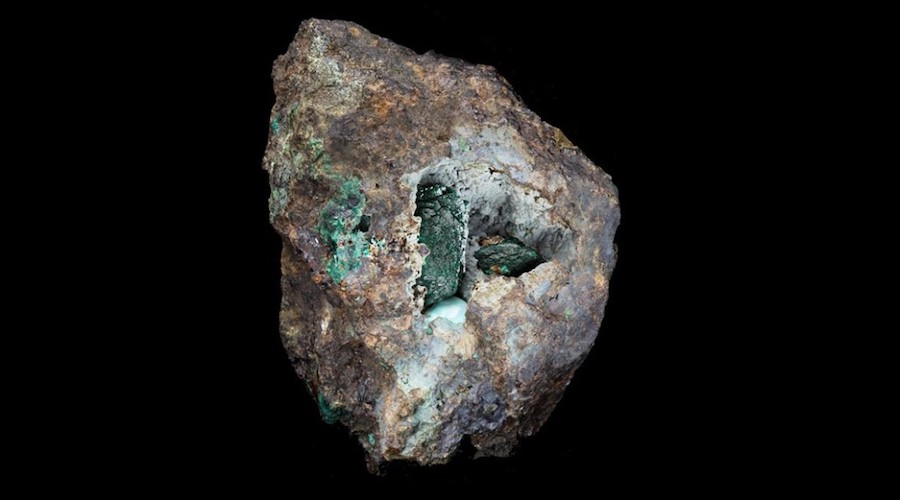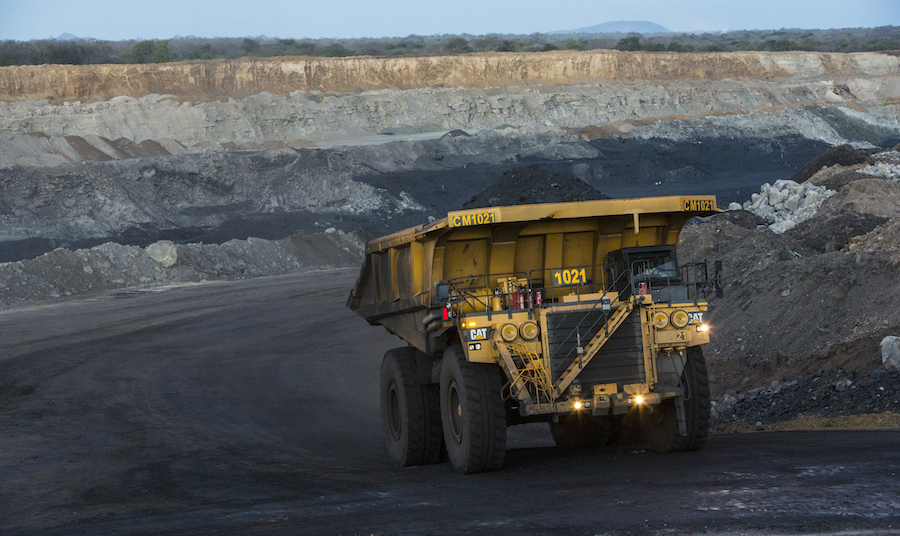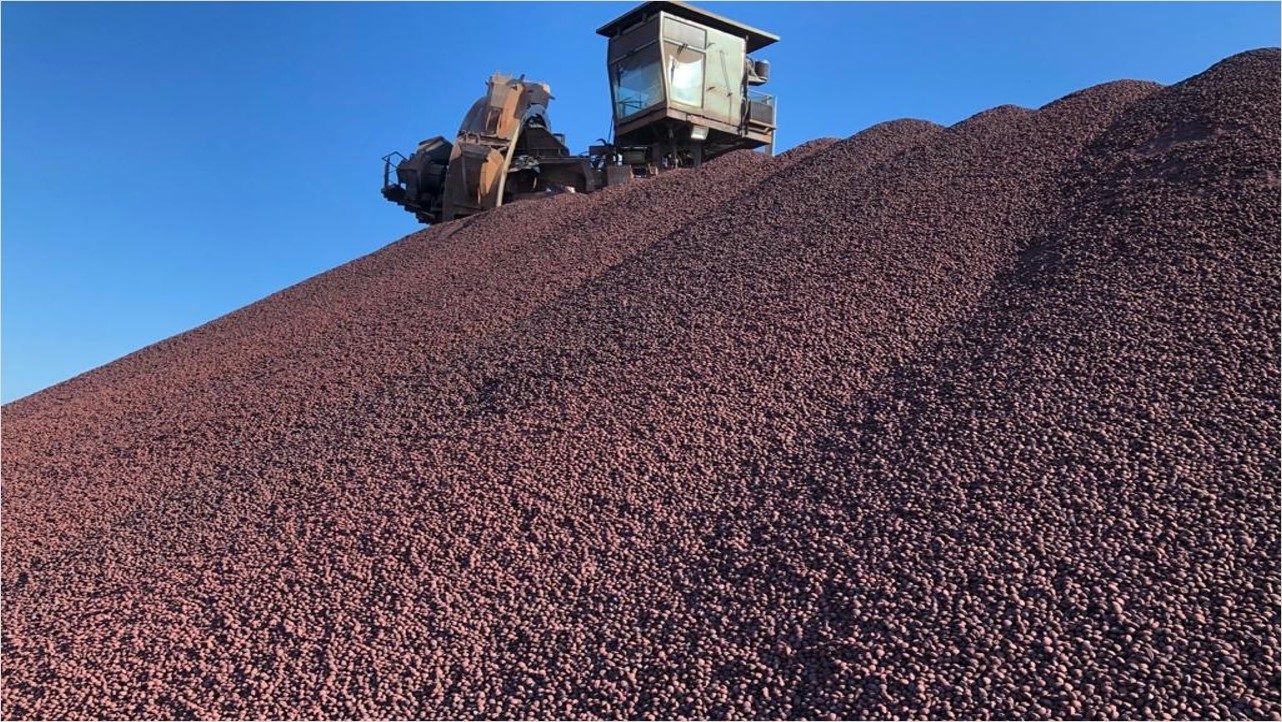Sample recovered 220 years ago turns out to be new mineral

Researchers from London’s Natural History Museum, the Diamond Lightsource in Harwell, Oxford, and Slovakia discovered a new mineral almost by accident when investigating a sample of liroconite, a bright blue mineral recovered from a mine in Cornwall 220 years ago.
In a quest to properly curate it, lead researcher Mike Rumsey was trying to understand why liroconite’s color varies from bright teal-blue all the way to dark emerald green.
“It turns out that the darkest green samples are sufficiently chemically different to the blue’s that we, as mineralogists, would define it as a new species,” Rumsey said in a media statement.
The new species has been named kernowite after Kernow, the Cornish word for Cornwall
The new species has been named kernowite after Kernow, the Cornish word for Cornwall, which is the only location from where it has been recovered. Details about the new mineral’s existence will be published in an upcoming number of the Mineralogical Magazine.
To be described as a new species, a mineral needs to meet a number of criteria. These relate largely to determining what the chemistry of the new material is and how the atoms within the material are arranged in three-dimensional space and then how that arrangement repeats to make up the crystals that the human eye can see. This is what mineralogists call crystal structure.
According to Rumsey, in the crystal structure of liroconite, one of the positions where an atom is can contain either aluminum or iron. For liroconite, the position is dominantly filled with aluminum and the physical crystal ends up being blue.
For kernowite, on the other hand, the position is instead dominantly filled with iron and the result is a green crystal.
“We think that the more iron the darker the green, but that still needs some more work and more samples to confirm,” the researcher said. “Both minerals have exactly the same crystal structure meaning that all the atoms are in the same positions, it is just the chemical composition that varies.”
Kernowite was recovered from a place called Wheal Gorland, from which the majority of the world’s liroconite is derived. The mine was active between 1790 and 1909, but it has been demolished.
On the site, there is a housing estate, which means that new excavations cannot be performed.
However, Rumsey hopes that since liroconite is a mineral highly prized among collectors, some of the samples already out there in museums and private sets may actually be kernowite just waiting to be discovered.
More News
{{ commodity.name }}
{{ post.title }}
{{ post.date }}



3 Comments
Alexander Sospeter Mashishanga
Good job Valentina,
Don Barthel
In what sort of mine were the minerals found before that mine closed?
Ben
I already have some, I live on the great flat lode so can find all sorts